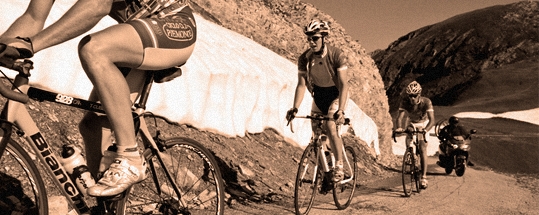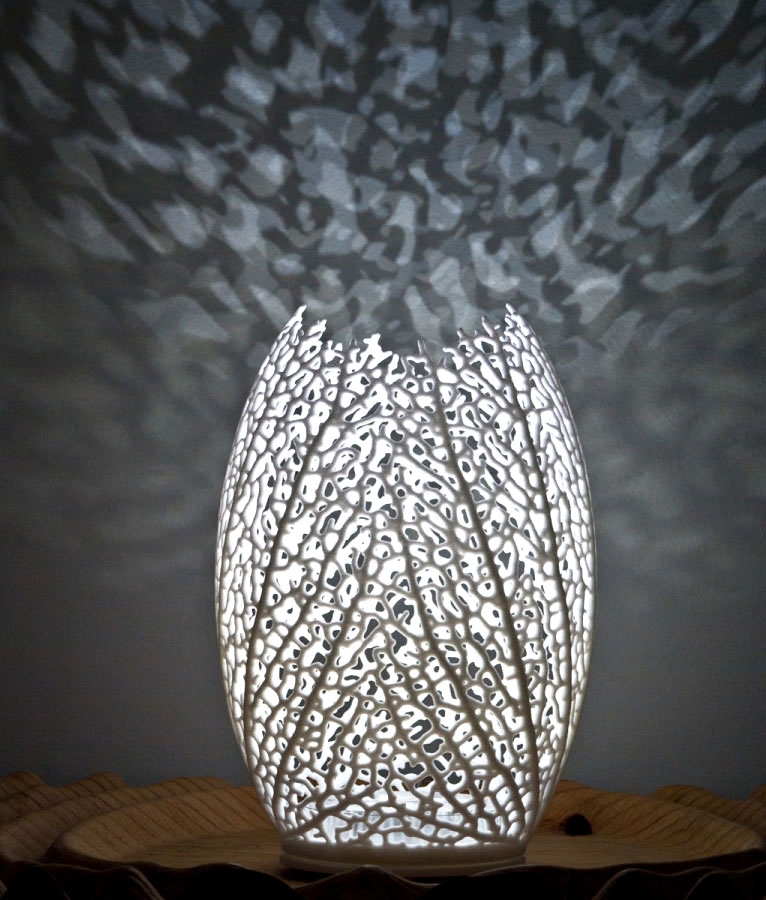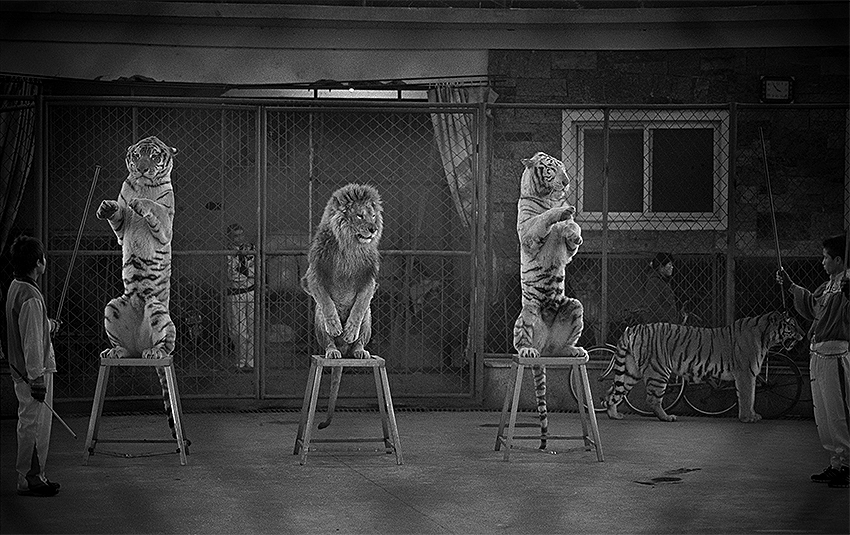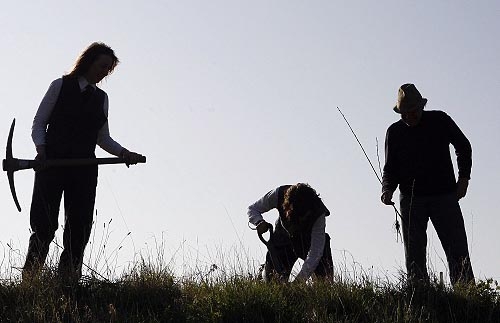So many of the landscapes we think of as wild are actually man-made, or fashioned over centuries through humanity’s partnership with animals through farming, hunting and co-existence. What does ‘wild’ mean to you?
The hills and dales of England’s Lake District, one of the country’s wildest places, were grazed, irrigated, and eroded by centuries of sheep farming before they became anything we would recognise today.
Our ancient forests have been carefully protected by law and property interests since medieval days when kings and barons relied on diverse ecosystems for revenue and recreation.
Part of my vision for Ewhurst has always been to create a wild landscape, rather than manicured lawns and neatly harvested fields. It’s fair to say though, when I first took the project on, I didn’t really know exactly what creating a wild landscape would entail. I soon discovered the emphasis there should be on the tail. Wild landscapes, we know, are untidy, unpredictable, perhaps even a bit dangerous, but even the wildest of landscapes are shaped by, and promote a relationship between humanity and animals.
 Top Picture: Mandy meets a Sambar
Top Picture: Mandy meets a Sambar
To restore Ewhurst’s wildness in a way that is respectful to the heritage of the estate and the land itself, I’m calling in some help from the iconic animal of Britain’s wild places, the majestic deer. Introducing animals like deer that sit at the top of the food chain has a dramatic impact on the surrounding ecosystem. With a little luck, the behaviour of the deer, their grazing and browsing of the woodland and open paddock, should promote greater biodiversity and restore the landscape to something like its medieval state.
To be authentic to my own heritage, however, I wanted to explore how different breeds of deer could reflect my personal background. Speaking to experts about how a rewilding experiment at Ewhurst could work, I was astounded to learn that two breeds of deer that are very special to me are thriving in the UK.
In my travels, I love to go wild camping and on safari, to be close to nature, spotting antelope and deer from all over the world. Two breeds of deer I feel an affinity with are the Sambar from my native Malaysia, and Père David’s from China. These breeds originate from places I’ve called home, but they’re under threat and facing extinction in the wild. Remarkably, however, breeding populations of both have been established in the UK, and some Père David’s have even been reintroduced to China from here.
Recently, I was honoured to be invited to Watatunga Wildlife Reserve in Norfolk, a remarkable conservation destination that opened my eyes to the possibilities of keeping deer in the UK. Watatunga is home to some magnificent Sambars and Père David’s, as well as so much more.
Top Picture: Brutus, the Sambar Stag
Ed Pope, a farmer with a huge interest in ecology and conservation, spotted an opportunity to do something different with a tranche of his land in the Norfolk Broads. Motivated by a passion for education and a knowledge of the pressure we are putting on many threatened species, he set up Watatunga as a reserve and sanctuary for rare deer, antelope and bird species, opening to the public last year in the midst of the Covid pandemic.
I was shown around Watatunga by Julian Stoyel, a conservationist, deer expert and consummate host. What Ed and Julian have created is extraordinary – a habitat where animals from across the world coexist and thrive.
Watatunga is participating in breeding and reintroduction programmes for some extraordinary species that you would struggle to see anywhere else. Take the Great Bustard for example, hunted to extinction in the UK in the 19th Century, but breeding at Watatunga alongside Barasingha from India and Sitatunga from Africa. I was stunned by how well species with very different origins could live together in a balanced ecosystem.
 Top Picture: Pere David’s at Watagunga
Top Picture: Pere David’s at Watagunga
As lockdown eases, Watatunga will reopen to the public for day trips and longer stays. The environment and access you have to the animals as a guest is extraordinary and I thoroughly recommend a visit.
The trip left me with much to think about on creating my own slice of wild landscape back at Ewhurst, and how to open it up to the interested public. Education and engaging the public is a huge part of conservation, and it’s important to me that both are part of the Ewhurst story. What I learned at Watatunga, from my encounters with some truly regal animals and hugely generous humans, was that the best education nature can provide is through experiences. If I can recreate any of the wonder of the Watatunga experience at Ewhurst, I’ll be very proud indeed.
Read more of Mandy’s articles in Sublime Magazine
















